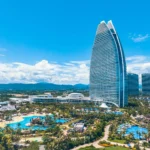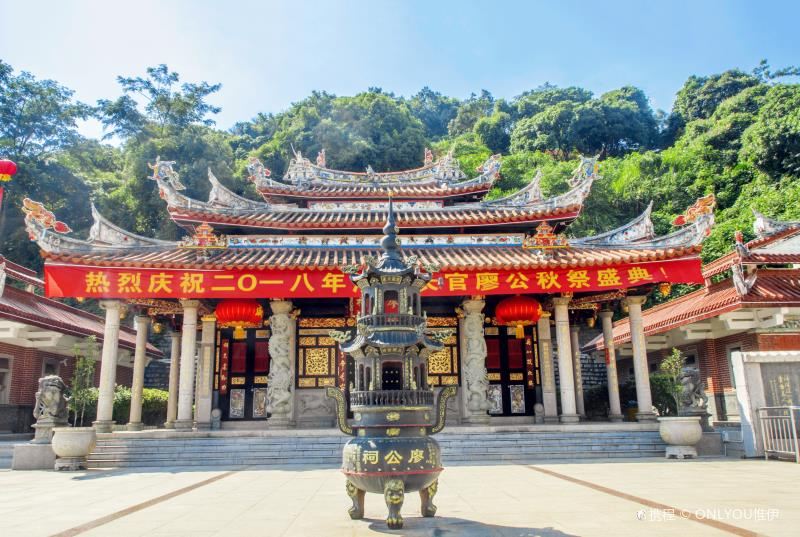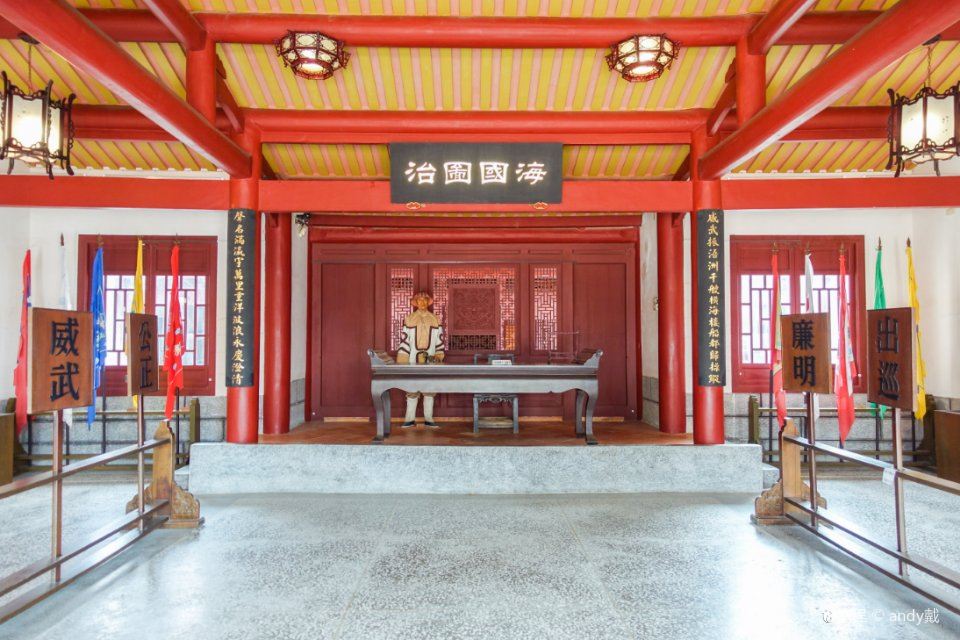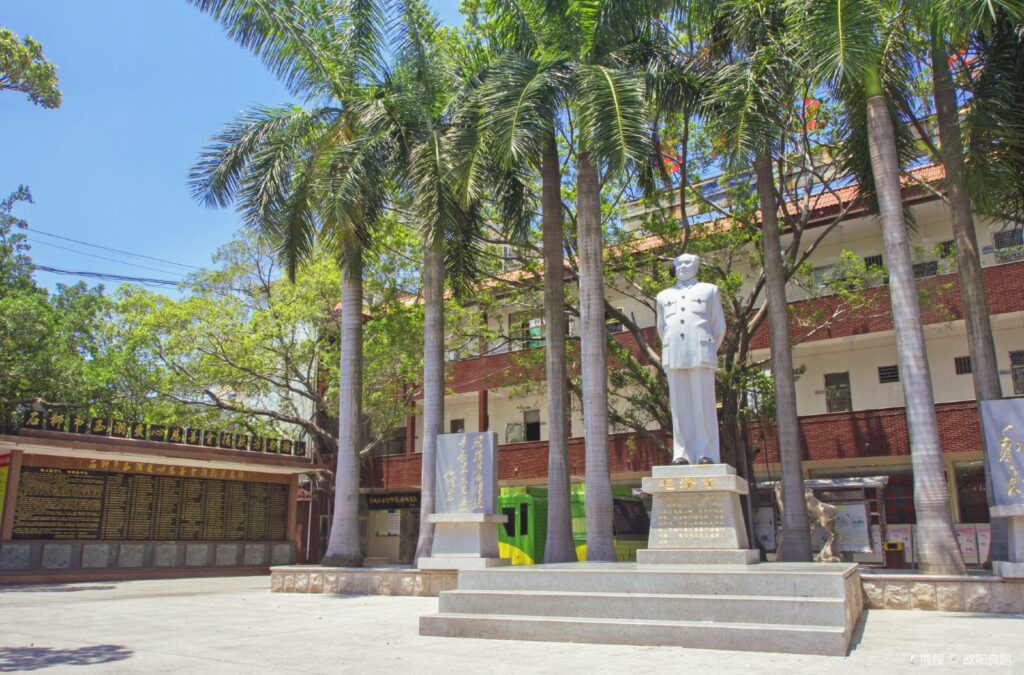Shi Sun Park is an open-style park, characterized by its lush green grass, dense ancient trees, and the rippling waters of the pond near the Jie Guan Ting. The park’s standout feature is the provincial cultural heritage site, Shi Sun, a peculiar and ancient structure. Standing approximately 4 meters tall, Shi Sun is made up of seven sections of granite stones of varying sizes, stacked to form a conical shape that tapers to a point.
The base features diagonal line carvings, and the stone surface is roughly chiseled, giving it a unique and rustic appearance. Shi Sun has existed since the Northern Song Dynasty, with a poem by Wang Shipeng during the Southern Song Dynasty mentioning “thorns for the city, stone for the shoots.” Due to the presence of Shi Sun, the section of the Jinjiang River that flows through here is named Sun Jiang, and the bridge spanning the river is called Shi Sun Bridge, which is also a municipal cultural heritage site. Another scenic spot within the park is the Jie Guan Ting, a municipal cultural heritage site established during the Song Dynasty. It is said to have been built to welcome the young emperor of the Song Dynasty to Quanzhou and was renovated during the Wanli era of the Ming Dynasty. Inside, there is a couplet personally inscribed by Zhang Rui, a top scholar and calligrapher from the Ming Dynasty, as well as a stele by Li Guangjing, a scholar from the Ming Dynasty, and a collection of Wang Xizhi’s handwriting by Zhang Yunqu, a celebrity from Fuqiao, titled “The Record of the Great Bodhisattva Avalokitesvara,” along with four bamboo paintings by historical calligraphers and painters such as Cai Yan, and various Ming and Qing dynasty wood carvings, all of which are precious historical artifacts. Throughout the park, one can find historical relics and scenic spots such as the Shanchuan Altar, Gantang Bridge, Gui Mountain Bridge, and Tangyin Bridge (commonly known as the “Three Bridges”). The park is open all year round, with full-day access.Shi Sun Park: A Historical and Scenic Gem in Quanzhou
Shi Sun Park is an open-style park, characterized by its lush green grass, dense ancient trees, and [...]









